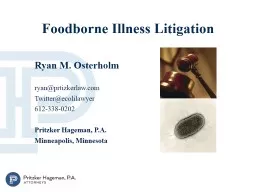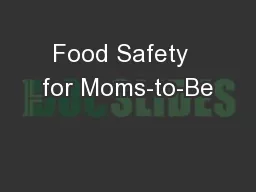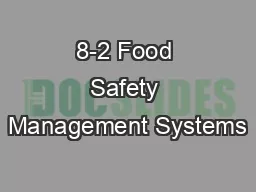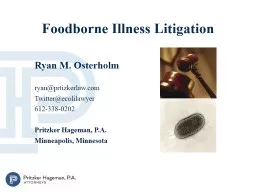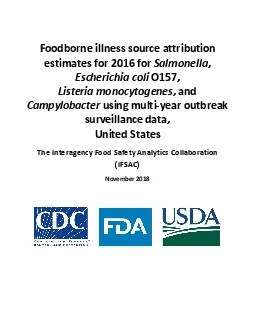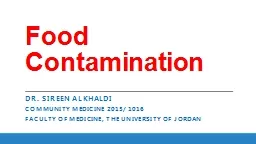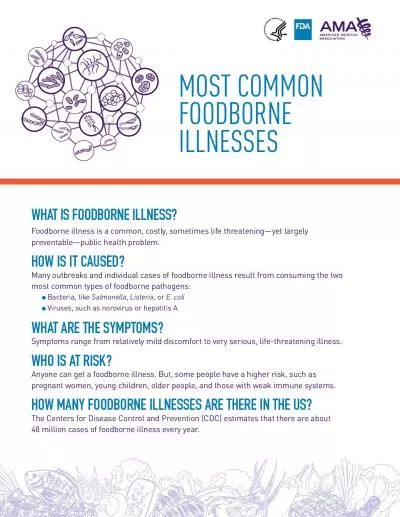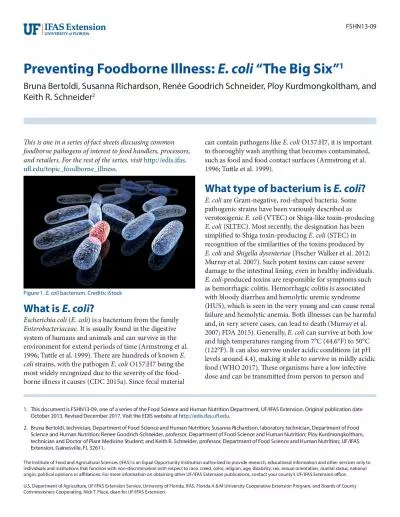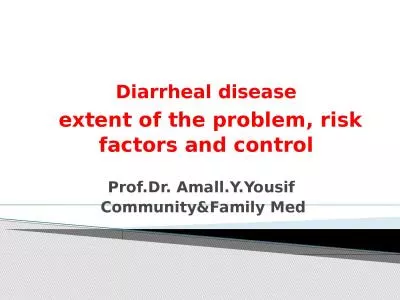PPT-Epi-Ready Foodborne Illness and its Impact
Author : amey | Published Date : 2022-05-18
Module 2 Module Objectives By the end of this module participants will be able to identify the agents of foodborne illness and the associated burden on the United
Presentation Embed Code
Download Presentation
Download Presentation The PPT/PDF document "Epi-Ready Foodborne Illness and its Impa..." is the property of its rightful owner. Permission is granted to download and print the materials on this website for personal, non-commercial use only, and to display it on your personal computer provided you do not modify the materials and that you retain all copyright notices contained in the materials. By downloading content from our website, you accept the terms of this agreement.
Epi-Ready Foodborne Illness and its Impact: Transcript
Download Rules Of Document
"Epi-Ready Foodborne Illness and its Impact"The content belongs to its owner. You may download and print it for personal use, without modification, and keep all copyright notices. By downloading, you agree to these terms.
Related Documents

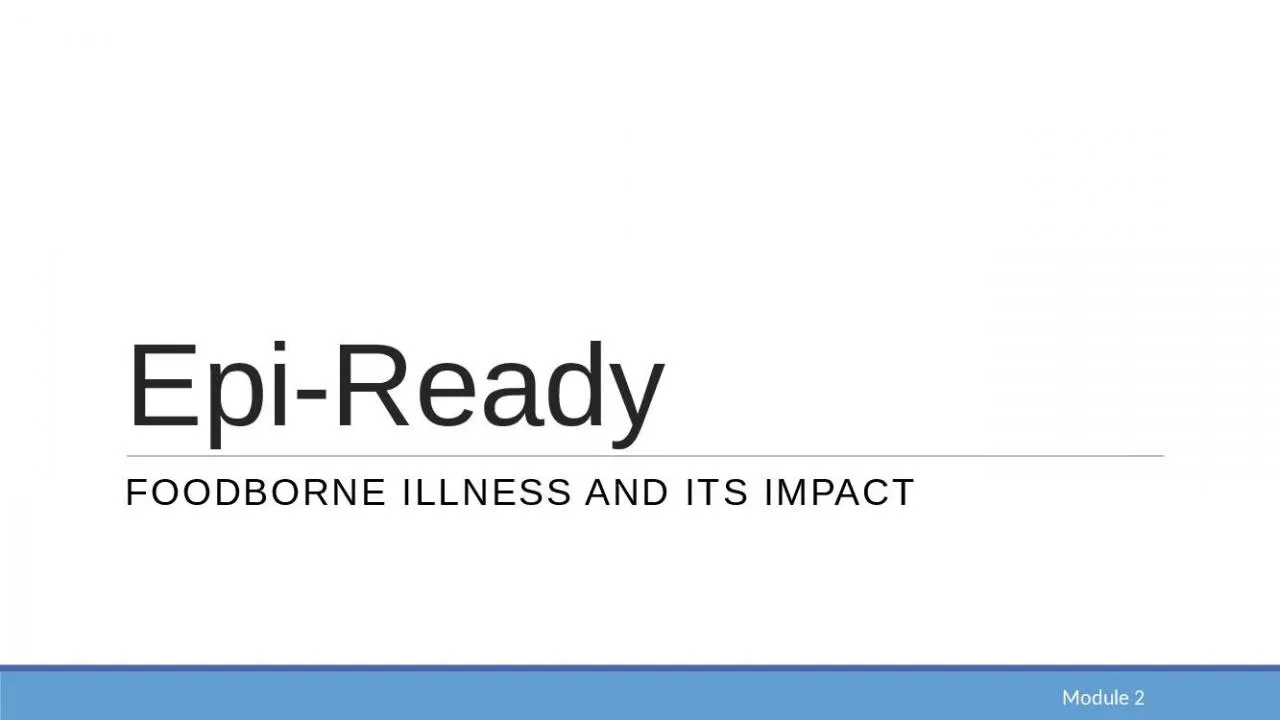
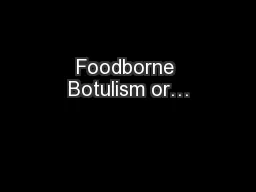
![Epi-Bowman Keratectomy[E.B.K] with the Epi-Clear*,A new dev](https://thumbs.docslides.com/228403/epi-bowman-keratectomy-e-b-k-with-the-epi-clear-a-new-dev.jpg)
